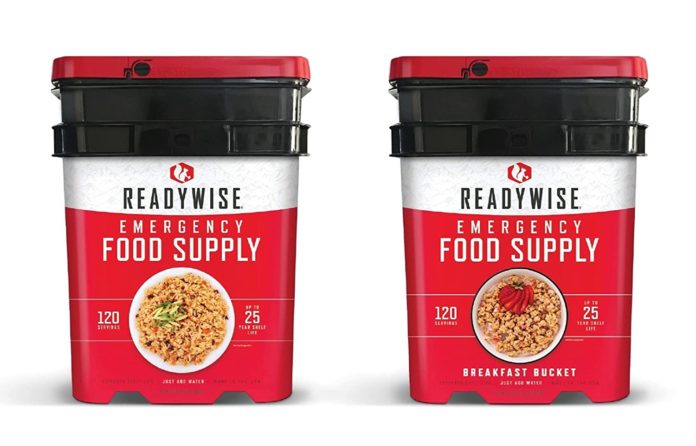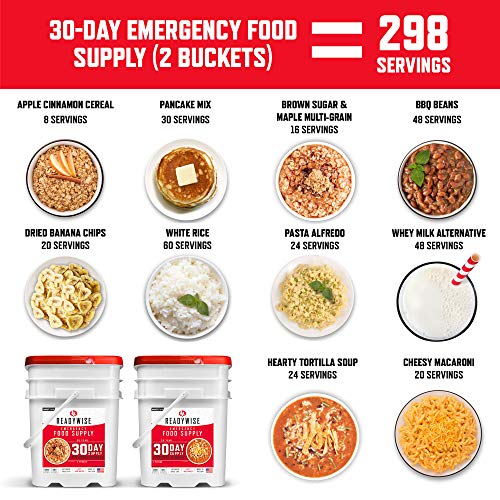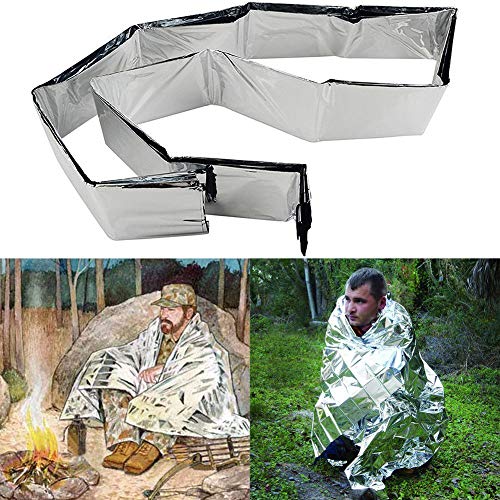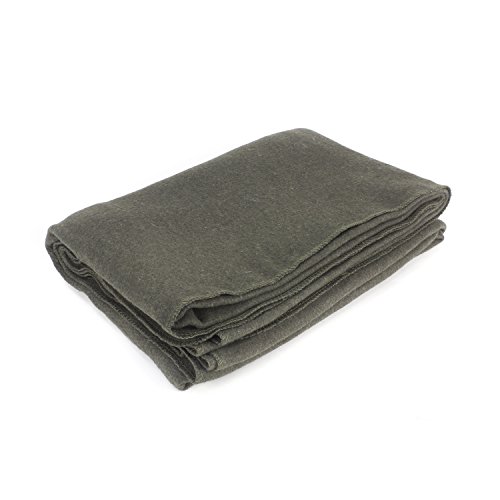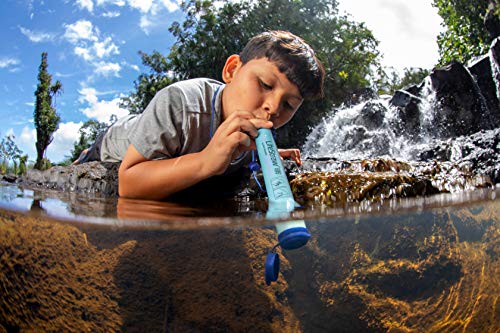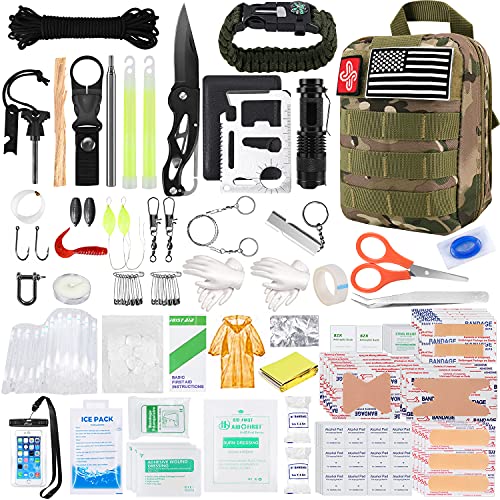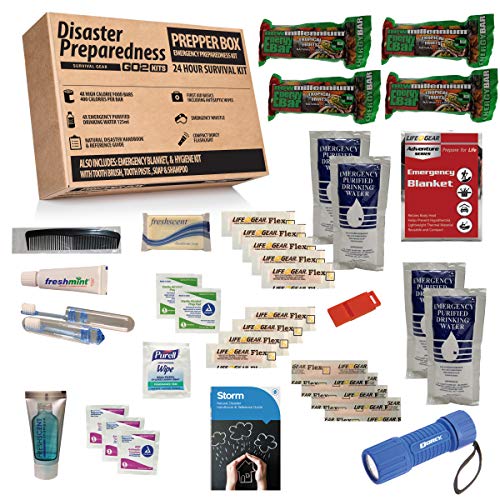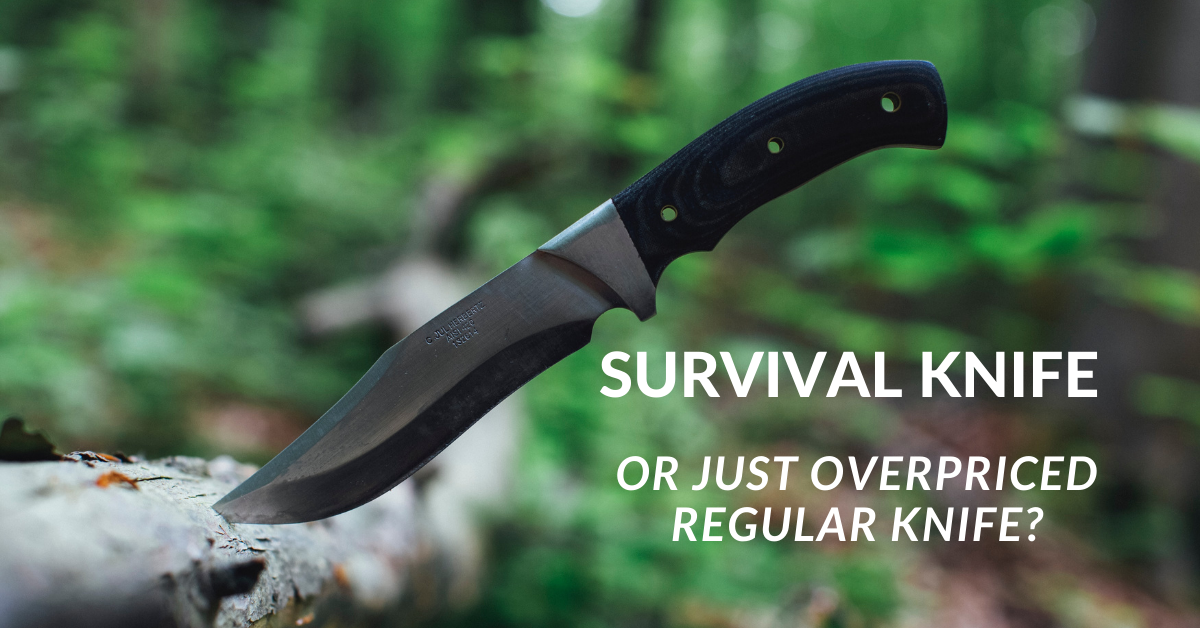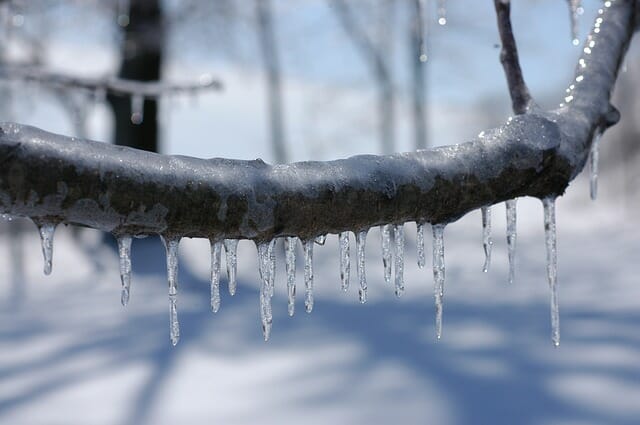There's an old saying that goes: “Prepare for the worst, hope for the best.” Whether you're at the beginning of prepping or simply want to review where you are, you have a few questions first to ask yourself.
Prepping for beginners
Why are you prepping?
Is it for one of the reasons could be you live in an area that is impacted by natural disasters. floods, hurricanes, tornadoes, blizzards, and bad storms? These can affect how you plan. For example, with a blizzard you might be hunkering down in your own home, for a couple of weeks. If it's floods or fires or hurricanes, you may be evacuating. If it's tornadoes, you may be in a bunker.
You could also just be prepping for a situation like losing your job or becoming ill. Knowing why can help you frame what you need. Remember, You can’t predict when an emergency will happen, so always be ready.
Although some of the basics of prepping for any out-of-the-norm situation are almost the same, each approach is slightly different. For example, if you're prepping from home, you will be able to stockpile more goods than a nomad would.
If you're evacuating using a personal vehicle, take into account the load that the vehicle can comfortably carry. Also make sure that:
-
- You are aware of where you will go.
- Plan ahead. Have your plan written down.
- Stay calm – In moments of panic or stress, you are less likely to think clearly.
Knowing why you're prepping can save you lots of time and money.
Food supplies
For example in food supplies, some will suggest many pounds of flour per person. Unless you have yeast or baking powder, know how to use them, and have an oven or grill and know how to bake on them, it can be useless. Storing food you don't like, just because it's on the list, doesn't work.
Buy this 30-day Emergency Food Supply Pack from Amazon
Buying pre-packaged 3 months or 3 days supply of food kits , can be expensive, however, they last indefinitely.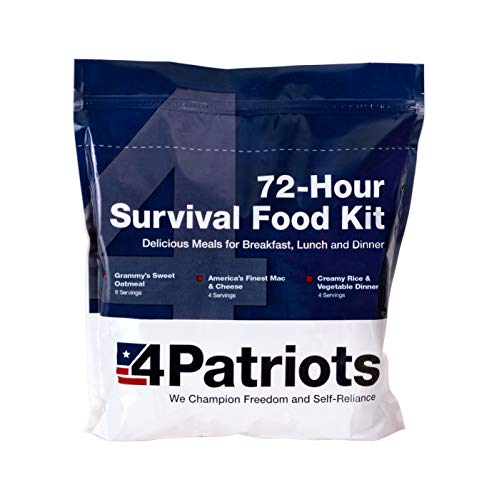 Purchase this 72-Hour Survival Food Kit HERE
Purchase this 72-Hour Survival Food Kit HERE
It can also cause stress when you're in a panic situation to deal with something you don't like or don’t know how to use. Tools are the same. Many prep lists have an ax as a tool. An ax can be dangerous unless you know how to properly use it. If you're hunkering down in your home, it may not be appropriate.
The basic steps to prepping for beginners:
Build a solid personal finance and health foundation
Finances are important. Having a credit card that you can go to a hotel, can make life easy, having excellent health is important.

Get your home ready for two weeks of self-reliance
This includes stores of drinkable water, and water to wash with and clean, food, and additional clothing and blankets.

Our grandmothers, great-grandmothers and ancestors always developed pantries that could sustain a family for a minimum of 3 months, often a year. It is a skill we have as a culture and community lost.
Be able to leave your home with only a moment’s notice
Build a bugout bag with essentials. There are some pre-prepared bags that you can build on, and replace a few of the items with better quality.
How To Gather An All-Purpose Bug Out Bag On A Tight Budget
Prepare for emergencies that happen away from home
Everyday carry bags or a box in your car in case you are stranded.
What to Have in Your Everyday Carry Backpack
Learn core skills and practice with your gear
From first aid to hardcore survival. Taking a basic first aid course, and maybe a wilderness first aid course should be on your list. Learn how to eat without the convenience of a stove, oven, or microwave.
Here is a Guide on How to Best Prep on a Budget
Five basic needs to cover
Communication
Cellphones are our first line of defense, but you might want to go back to having a landline, as cell power can run out. Or invest in a solar-powered phone charger.
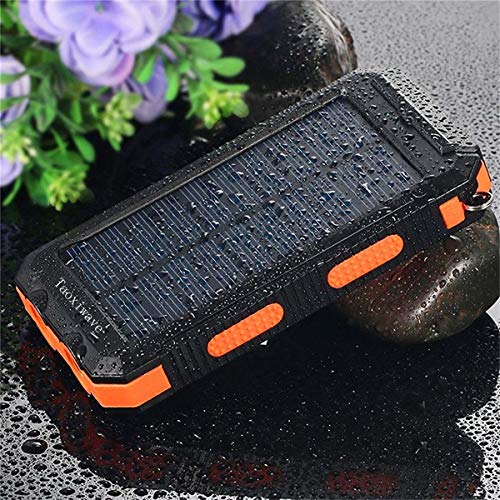 Buy this Solar-Powered Phone Charger
Buy this Solar-Powered Phone Charger
Personal protection – clothing, equipment, shelter, heat source
In your bug out bag, have a seasonal appropriate clothes. Even in summer, nights get cold, a good thing to have is an emergency blanket, but also, a thin woolen blanket.
Purchase Emergency Blanket from Amazon
Buy This Thin Woolen Blanket on Amazon
The reason you want to stay home is it’s a good shelter. However, if you need to leave or are stranded, you need shelter.
Water
You can survive 3 days without water. However, you should store between a quart to a gallon of water per person. Make sure if you buy something from the grocery store to rotate it.
Get a Lifestraw Water Filter HERE
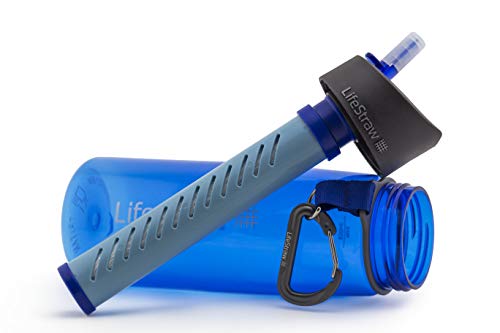
Get Yourself a LifeStraw Water Filter Bottle HERE
Hygiene, basic first aid kit
Do not forget to prep your hygiene kit, alongside a first aid kit with all the necessary basic tools. These come in handy for your personal grooming and for freshening up in a SHTF situation, but can also be lifesaving.
Buy a Survival First Aid Kit HERE
There are several options for hygiene and first aid kits in the market.
Purchase This Disaster Preparedness Kit Today
We hope that these tips will assist you to better prepared for the unknown. Remember to prep as early as you can and always have a prepping checklist.






